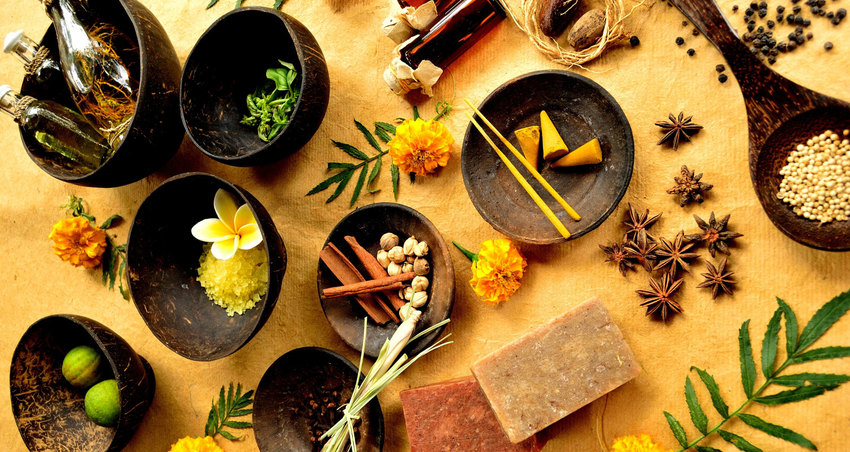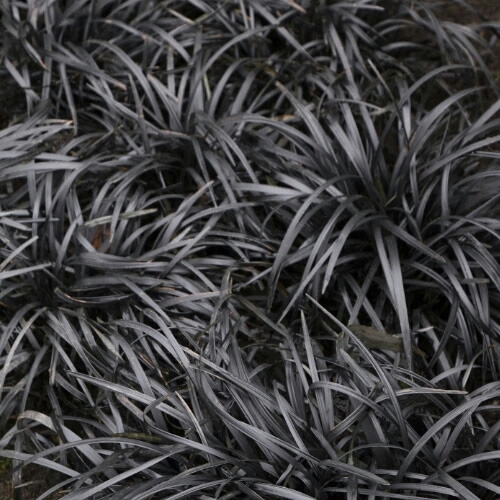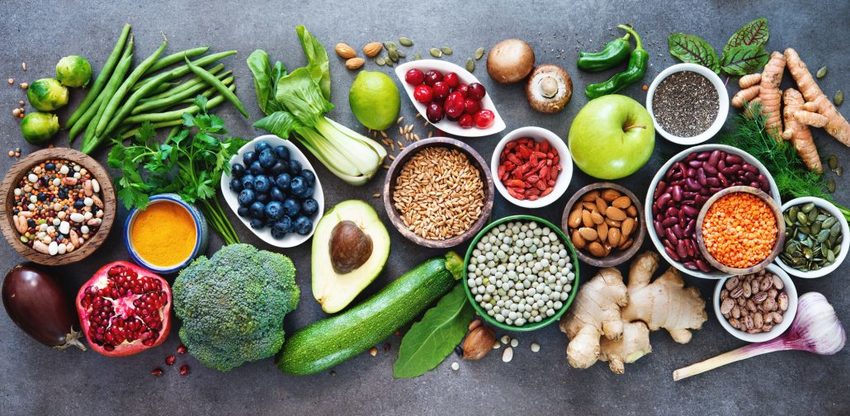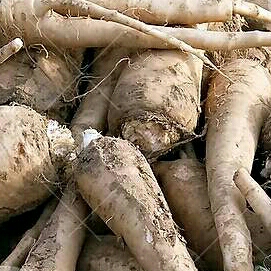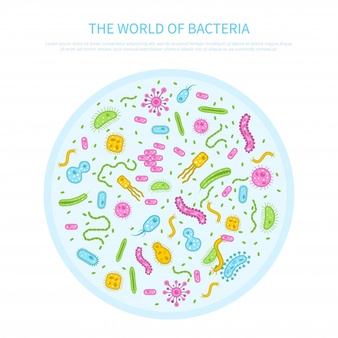Microbial strain gives Japanese Sushi-eating advantage
Jan
18
Zobellia is a seaweed-eater. It lives on, and digests, several species including those used to make nori. Nori, or seaweed, is commonly used in Japanese meals, in miso soup, sushi wrapping, for example. When you consume these algae with sushi and miso, marine bacteria is also consumed, and Zobellia is consumed. Zobellia mingles with our existing gut microbiota, "including those that allow them to break down the carbohydrates of their marine meals", according to research by the University of Victoria. The gut bacteria suddenly gained the ability to exploit an extra source of energy and those that retained their genetic loans prospered. This process is known as horizontal gene transfer. Six strains of of the human gut Bacteroides plebeius had been discovered that possess an unique gene from the aforementioned porphyran-breaking enzyme, all of them coming from the bowels of Japanese people.
See article for more information, https://www.nationalgeographic.com/science/phenomena/2010/04/07/gut-bacteria-in-japanese-people-borrowed-sushi-digesting-genes-from-ocean-bacteria/




